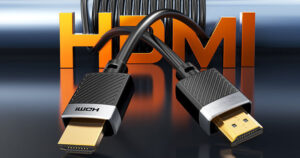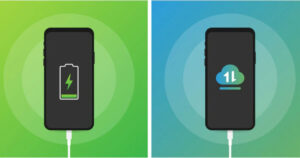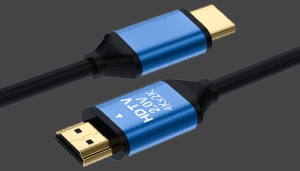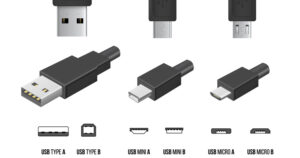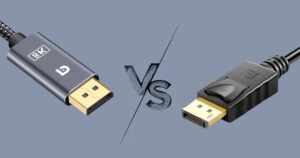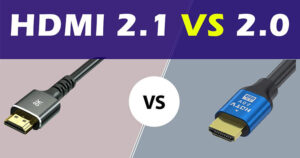
Longueur du câble HDMI et qualité du signal : Ce qu'il faut savoir
Dans le domaine du divertissement à domicile et de la connectivité numérique, les câbles HDMI (High Definition Multimedia Interface) sont les héros méconnus qui relient nos appareils, offrant des images nettes et un son immersif. Cependant, l'impact de la longueur du câble HDMI sur la qualité du signal est une énigme à laquelle de nombreux utilisateurs sont confrontés. Examinons cette relation cruciale en détail. Les bases de la transmission des signaux HDMI Les signaux HDMI sont numériques et transportent des données vidéo et audio d'un appareil source (comme un lecteur Blu-ray, une console de jeu ou un ordinateur) vers un appareil d'affichage (comme un téléviseur ou un moniteur). Ces signaux sont transmis sous forme d'impulsions électriques dans le câble. Mais


